How Lululemon's high-tech lab designs Olympic uniforms for Rio

VANCOUVER, B.C. – As bicycle lanes weave past Kitsilano Beach and yoga studios in Vancouver, B.C., those lanes also flow right past the headquarters of Lululemon and the highly restricted laboratory dubbed Whitespace.
In March, the Canadian apparel company allowed Sports Illustrated into the 10,000-square-foot research lab to see the high-tech process that creates fit-focused apparel for consumers and elite athletes—Lululemon has Olympians and NHL players, to name a few, on its “ambassador” list.
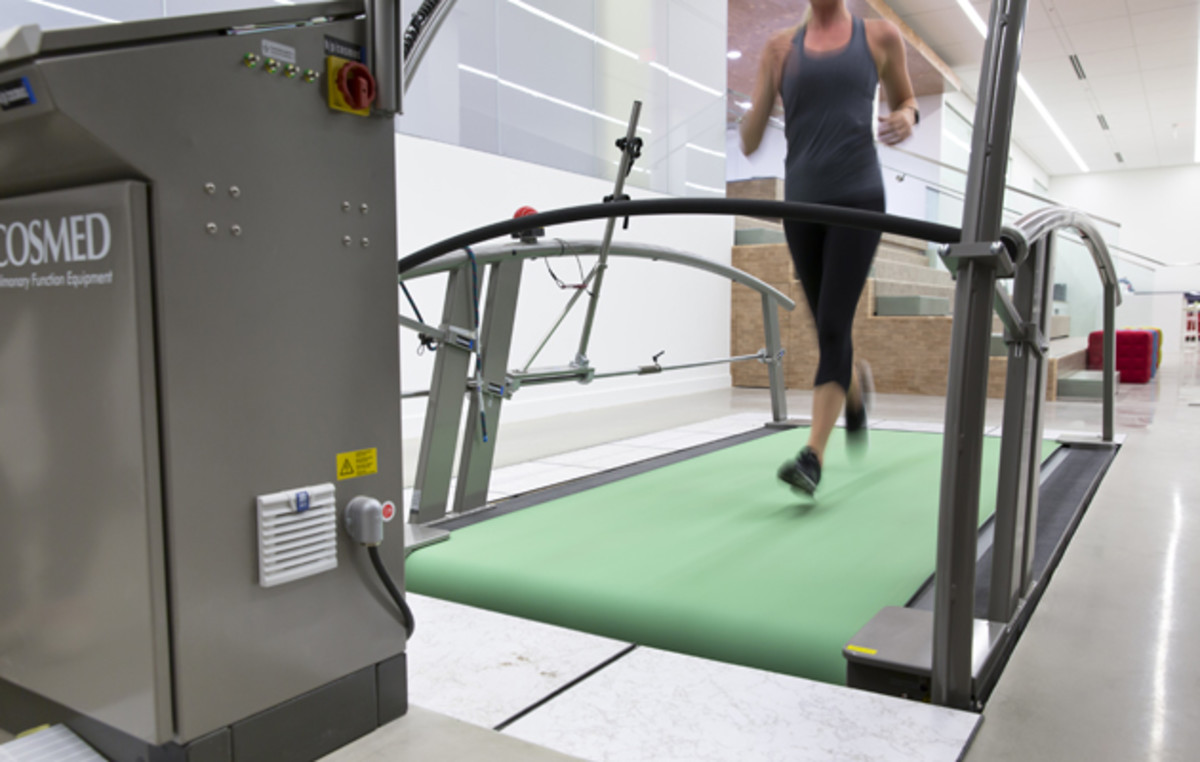
“Our job is to turn five to 10 years of research—and some pretty complex stuff—into a very succinct package of information,” says Dr. Tom Waller, senior vice president, Whitespace. “The toys, the tools we have, most of them exist somewhere in the world. What we’ve done uniquely is bring them all together.”
Opened in April 2014, Waller and his team of about 35 researchers and scientists—with a total of eight PhDs—have partnered with labs and facilities around the world. Every detail in the Vancouver headquarters is purposeful. The space starts with a materials laboratory that has a near-limitless array of experimental fibers, yarns and fabrics, with a microscope to allow examination down to the smallest level. Waller says testing how surfaces interact with each other and learning about the design of fibers gives the team information about the impact on humans before selecting a fabric.
SI’s Fittest 50: The Olympians
To explore materials further, a chamber mimics human skin to inform about evaporation and fit. A dynamic body scanner that takes new images every 1.5 milliseconds puts athletes in motion while capturing images for “more and more about how the body moves and deforms and how it makes you feel” while immersed in activity. A simple motion camera is also available, along with a pool with cameras under the water. And medical-grade monitors can watch muscle and brain activity while an athlete tests product, giving information on how fit perception defines performance.
Waller says his team designs for feel. “How the body and brain communicate with pressure and texture on the body is what we have found people are looking for,” he says. “It is a shift in perspective. What is it you like to do and how do you like to feel? We can understand the entire sensory response to a situation. It is refined in clothing. Fit is critical and we are nuancing at the material level to create an accuracy of fit.”
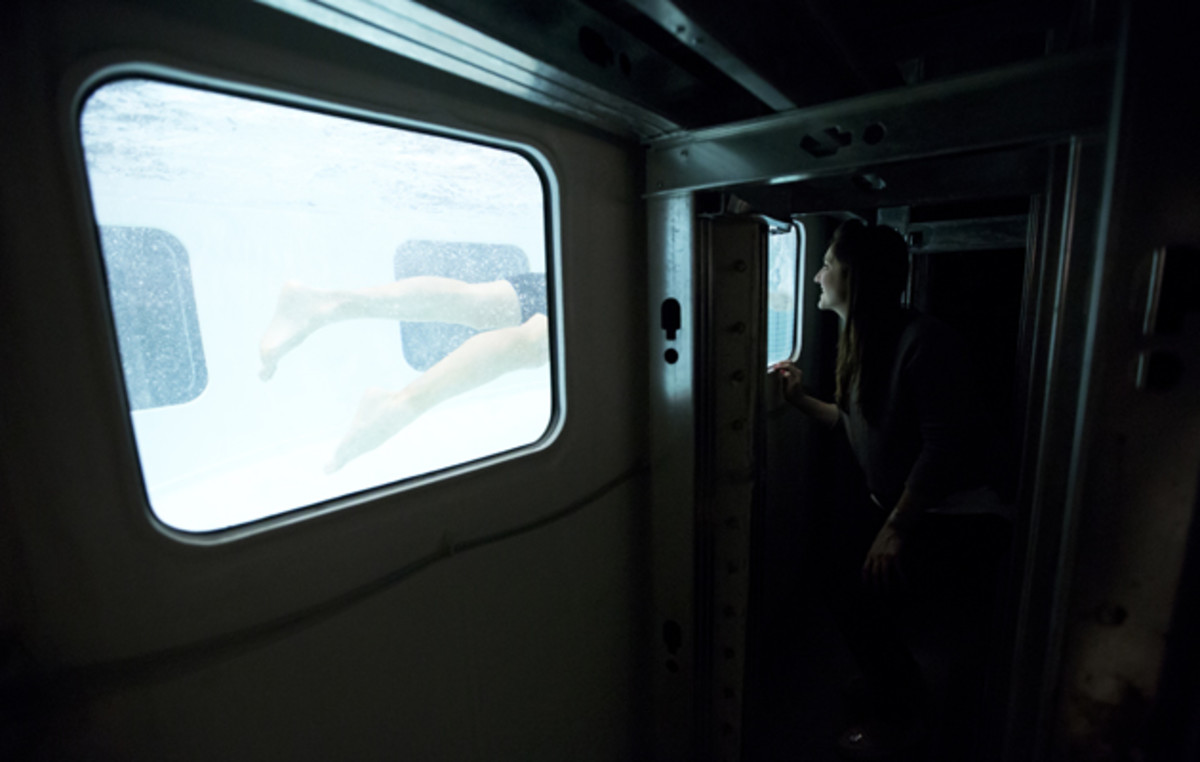
Defining fit allows the Whitespace team to create new fabrics based on user sensations. They can continue to test those new fabrics with an in-ground treadmill for use with bikes and wheelchairs, a 3D laser scanner to view fit while engaged in activity and a climate chamber, which can recreate any climate in the world, from -30 degrees Celsius to +50 and with humidity extremes, changing air flow rates and increasing altitude.
Whitespace has full-time prototypers for 3D printing and injection molding and the ability for any type of cutting, sewing, bonding and welding. “We can engineer into anything we need based on research,” Waller says. “The more iterations, the faster the design process.”
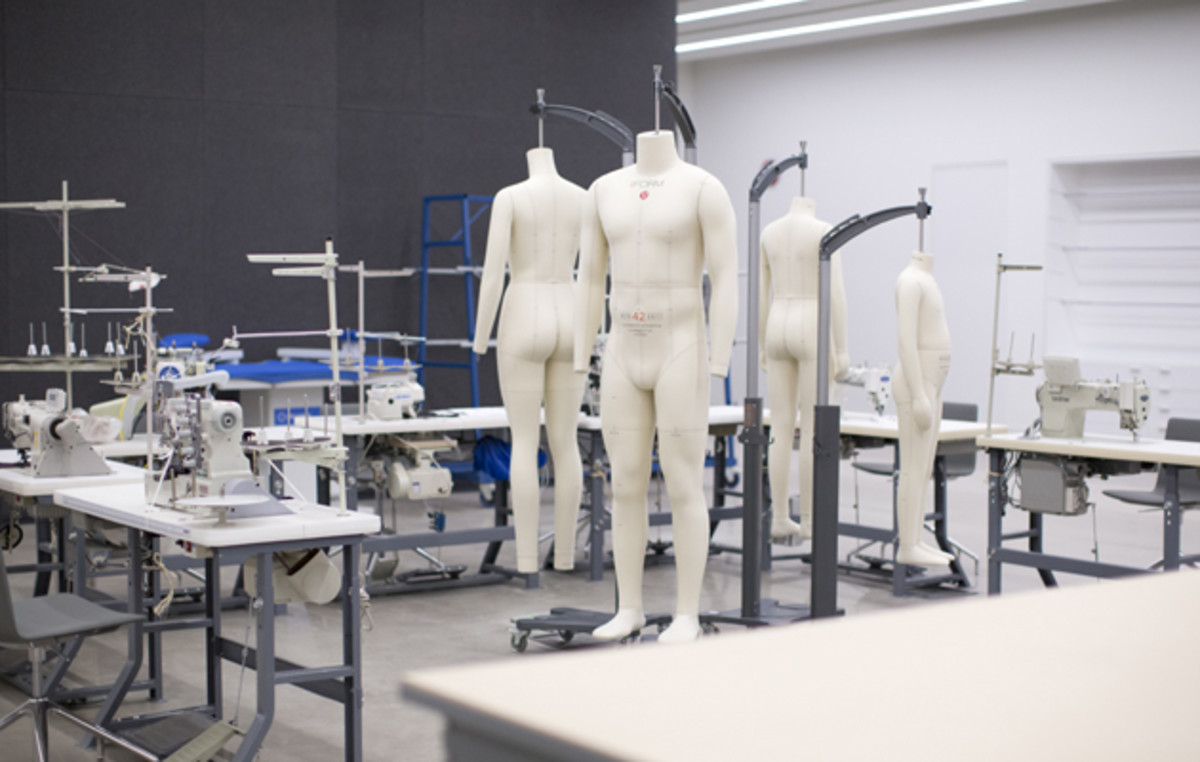
All the best equipment in the world helps Waller and his team understand fabrics, materials and motion, but having elite athletes puts it all together. “Working with elite athletes allows you to test to the extreme,” he says. “The smallest things you do, you get to see those transfer massively. I’ve always enjoyed working with elite athletes because they are super sensors. What we are able to learn about product and what they need from product. You get the best problems to solve.”
Ahead of the Rio 2016 Olympics, Lululemon and the Whitespace lab have partnered with Canada’s Olympic beach volleyball team. The company designs for multiple international beach volleyball players, but for the Olympics it has put an extra focus on the Canadian women, designing their uniform for the sand of Rio de Janeiro’s Copacabana Beach.
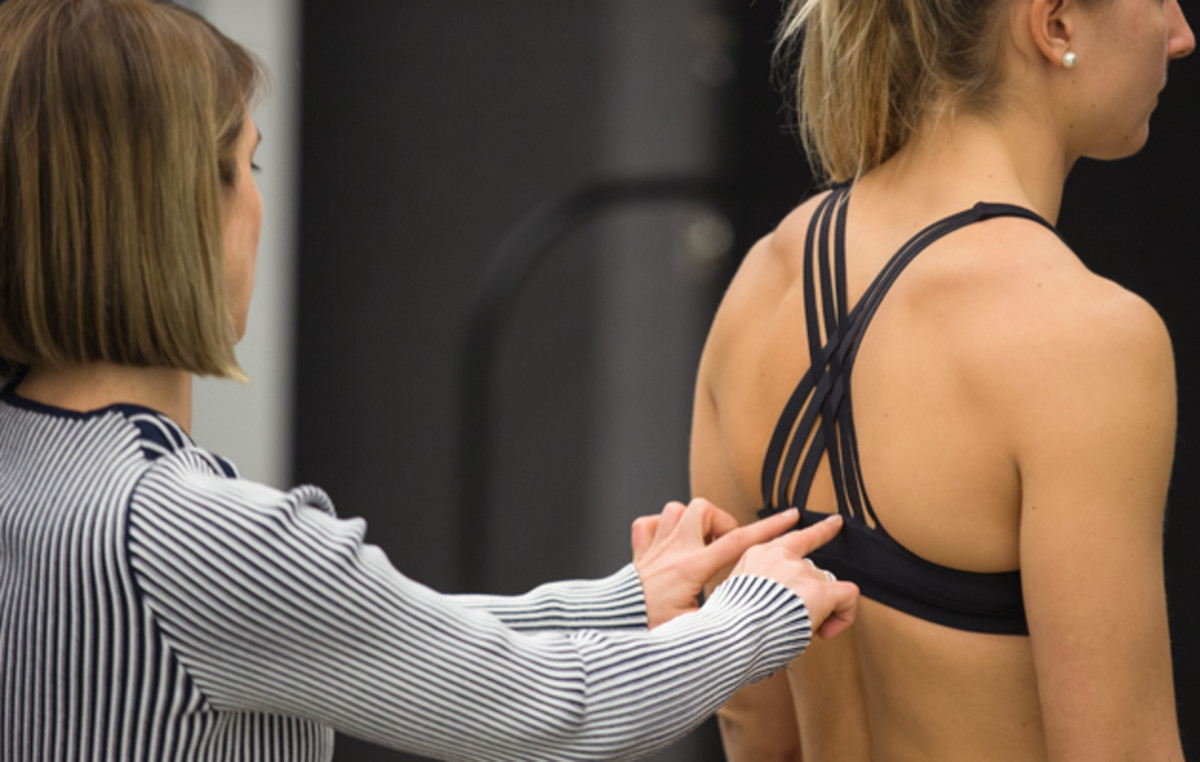
The process began by working with athletes to understand their desires. “It has to be comfortable, it has to be beautiful and it has to work,” Waller says. “They are spending an awful lot of time in this product and you have to be sensitive to all of those eyes on them. They have requests on how they want to look, how they want to feel.”
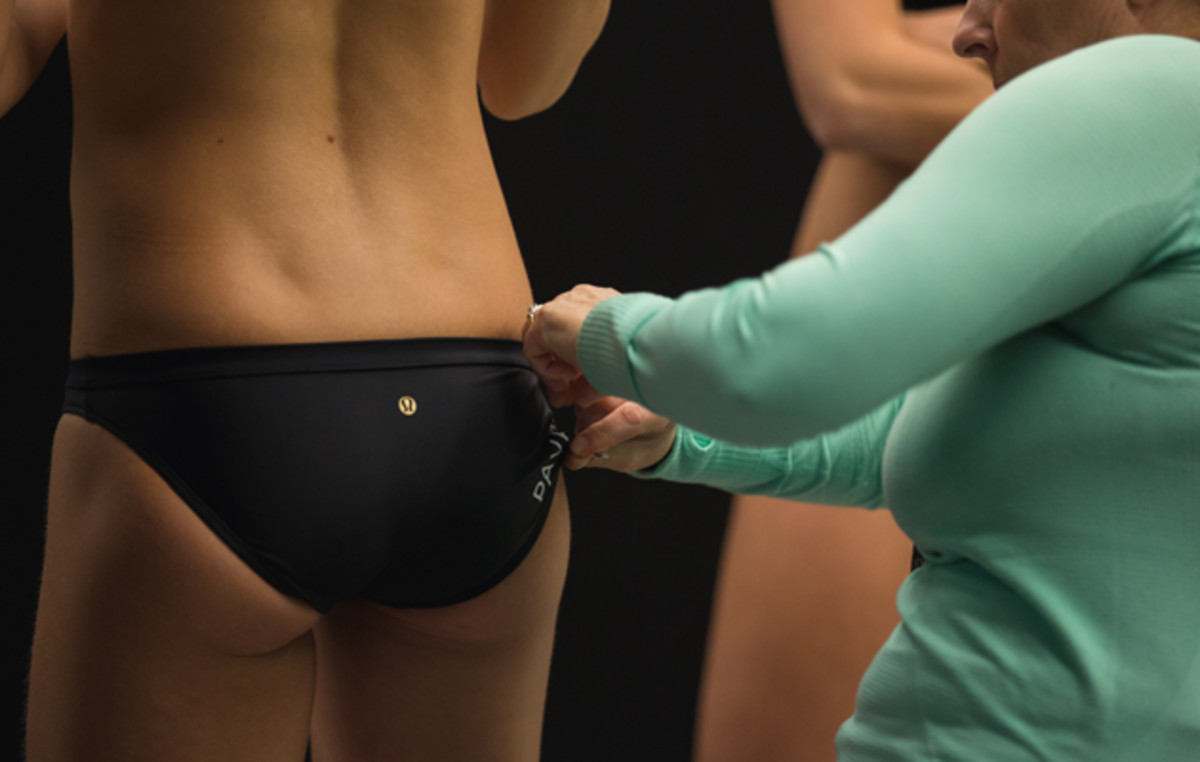
Clare Robertson, Lululemon design director for swim, intimates and tops, says the needs of aesthetics can’t distract from performance. She designed tops with bonded straps so they don’t shift during a match, a process that required Lululemon to create a new machine to execute the design exactly how they wanted. “Throughout the tournament, normally they hike (the top) back up,” she says. “Now it doesn’t move and sits flat.”
Whitespace came into play as Lululemon used the body scanner to customize garments to each individual and infrared motion standards to inform the design of the new inner stabilizer to reduce breast movement. They also simulated the temperature of Rio in the climate chamber to ensure a desired fit.
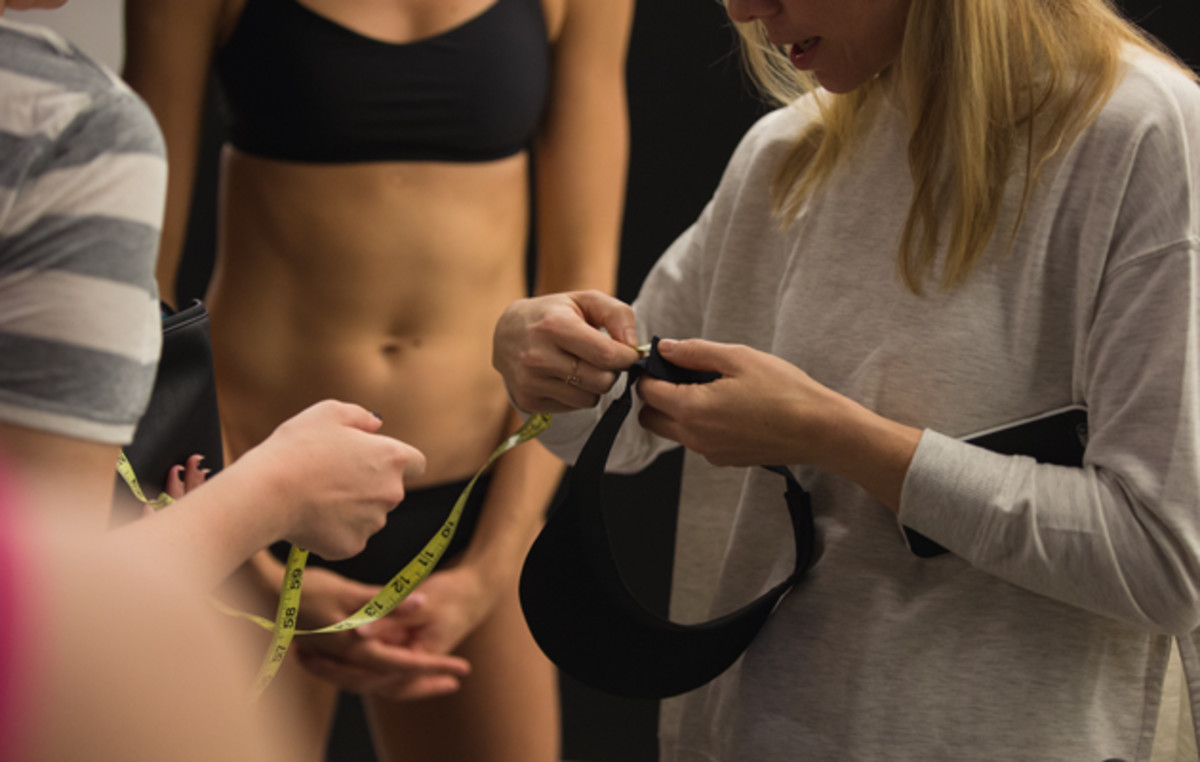
Another Olympic item defined by Whitespace was the beach volleyball kit’s Aquelu fabric—a sweat-wicking, four-way stretch Italian nylon lycra made from post-consumer waste nylon and with a UPF of 50+. They added a vertical warp knit—not horizontal—to create more density. “Warp knit overcomes the desire to stretch out,” Waller says, “especially when wet.”
Robertson says she wanted to eliminate raised areas on the tops and bottoms to limit areas where Copacabana sand could accumulate or find a way in.
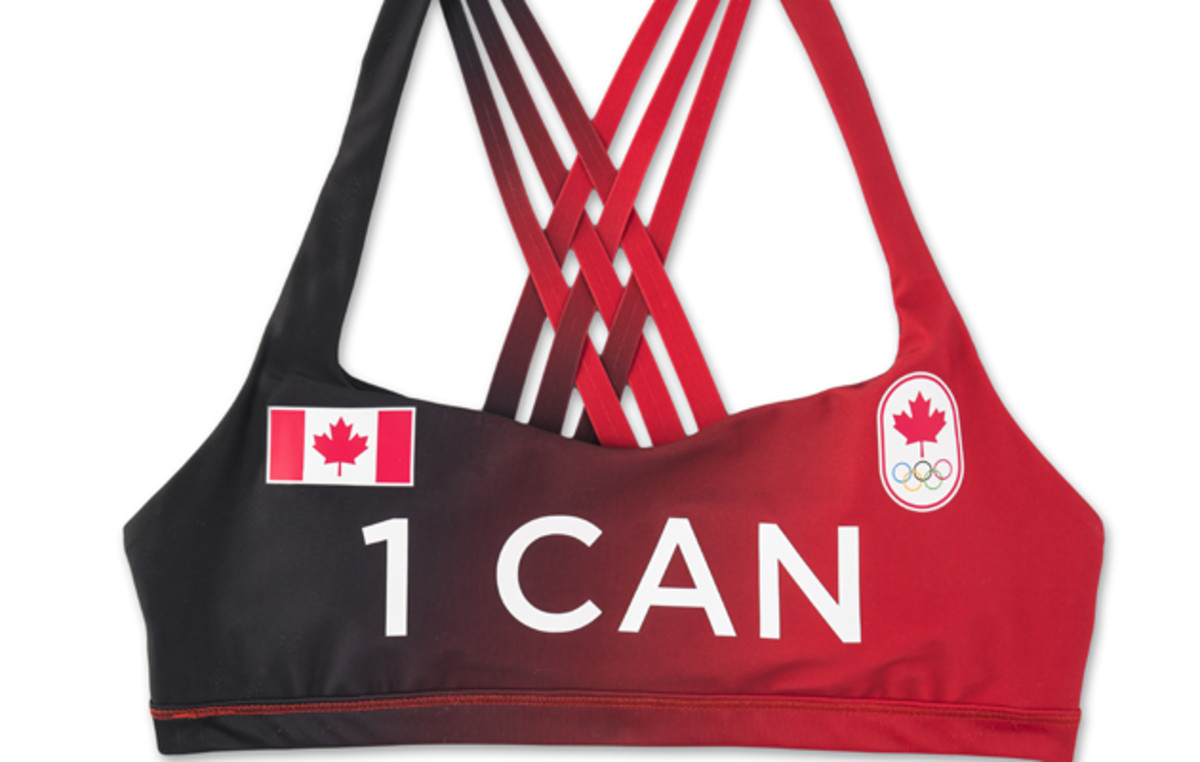
For the design, Lululemon played heavy on red, white and black—and kept branding subtle, with a small logo tucked away—and offered some surprises by placing the phrase, “Be in this moment. It’s yours,” inside the uniform. A graphic print was meant to capture the power and movement of the game within the Canadian color scheme.
While coated in Canadian colors, the story behind a seemingly simple beach volleyball kit was born in Whitespace research, a high-tech mecca of fit.
Tim Newcomb covers sports aesthetics—stadiums to sneakers—and training for Sports Illustrated. Follow him on Twitter at @tdnewcomb.
